
What is a PCB Membrane Switch? PCB Switch Types
What is a PCB Membrane Switch? PCB Switch Types
PCB membrane switch is a switch based on rigid circuit board, suitable for application scenarios that require stronger mechanical stability and reliability. It is usually composed of multiple layers of film, including conductive film, circuit breaker film and display film, etc., and the circuit is turned on and off by touch or press operation. The main features of PCB membrane switch include simple structure, high reliability and strong flexibility.

What are PCB circuit board membrane switches?
PCB membrane switch is an advanced interface that consists of multiple layers, including a flexible membrane, conductive traces, and a rigid PCB base.
Unlike traditional membrane switches that rely on polyester or polyimide substrates, these switches use a printed circuit board as the base layer, improving mechanical strength and electrical performance.
The key components of a membrane switch PCB include:
- Graphic overlay: The top layer that displays icons, labels, and branding.
- Dome switch or tactile layer: Provides tactile feedback using metal domes or polydomes.
- Circuit layer: Printed with conductive traces for signal transmission.
- Spacer layer: Maintains separation between contacts until pressed.
- PCB backing: A rigid foundation that enhances durability and soldering capabilities.
These switches are widely used due to their compact size, seamless functionality, and ability to integrate additional features such as LEDs, EMI shielding, and custom coatings.
What are the types of PCB membrane switches?
PCB membrane switches come in different types, each tailored for specific applications. The most common categories include:
- Tactile PCB Membrane Switches: These feature metal domes or polydomes that provide a click response when pressed. They are ideal for devices requiring strong tactile feedback.
- Non-Tactile PCB Membrane Switches: These rely on pressure-sensitive contacts instead of mechanical feedback. They are quieter and more suitable for medical and consumer applications.
- Flexible PCB Membrane Switches: A hybrid between flexible circuits and PCB switches, these offer lightweight and bendable designs for compact electronic devices.
- Backlit PCB Membrane Switches: These integrate LEDs, fiber optics, or electroluminescent (EL) panels to enhance visibility in low-light environments.
- Capacitive PCB Membrane Switches: These use capacitive touch sensing instead of mechanical contacts, offering a sleek, modern interface with minimal wear and tear.

Each type is designed to enhance performance and adapt to unique user requirements.
What are the main features of PCB membrane touch switches?
PCB membrane switches stand out due to their advanced design and functional benefits. Their key features include:
- Superior Durability: The rigid PCB base enhances structural integrity, making them resistant to impact and long-term wear.
- Reliable Electrical Performance: PCB-based circuits provide stable conductivity, reducing the risk of signal interference or failure.
- Customizable Design: Manufacturers can tailor graphic overlays, key layouts, and coatings to meet specific branding or functional needs.
- Compact and Lightweight: Their thin, space-saving design allows easy integration into handheld and compact devices.
- Sealed for Protection: Many designs include waterproof, dustproof, and chemical-resistant coatings, ensuring long-lasting performance in harsh environments.
These features make them a go-to choice for industries that require reliable, long-lasting input solutions.
How to design a high-performance PCB membrane switch?
Designing a membrane switch PCB requires precision. A well-optimized design ensures smooth operation, extended lifespan, and improved user experience.
- Select the Right Materials: Use high-quality polyester, polyimide, or epoxy-coated PCB to enhance durability and conductivity.
- Choose the Ideal Contact Type: Metal domes provide better tactile feedback, while non-tactile switches work for silent applications.
- Optimize Circuit Layout: Proper spacing between conductive traces prevents short circuits and enhances reliability.
- Integrate Protective Coatings: Adding EMI shielding, waterproof coatings, or UV-resistant layers boosts longevity.
- Consider Backlighting Options: LED, EL, or fiber optics improve visibility, making the interface more user-friendly.
Every detail in the design process contributes to the switch’s overall performance.
What are the common issues in membrane switch PCB design?
Despite their advantages, some challenges arise in membrane switch PCB design if not carefully managed.
- Poor Tactile Feedback: Choosing low-quality domes can result in weak responsiveness. Opt for well-calibrated metal domes.
- Inconsistent Contact Resistance: Poorly designed circuits may cause signal fluctuations, impacting device performance.
- Environmental Degradation: Exposure to moisture, dust, or chemicals can degrade switches without protective coatings.
- Improper Adhesion: Weak bonding between layers may lead to delamination, reducing lifespan.
- Design Misalignment: Incorrect key spacing can cause misregistration, making the switch less effective.
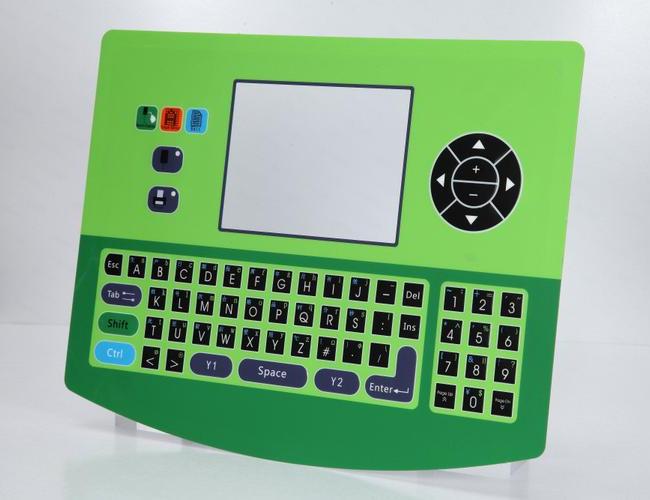
Addressing these issues in the design phase prevents performance failures and ensures long-term usability.
What are the benefits of custom PCB membrane keypads?
Custom PCB membrane keypads allow businesses to design switches that align perfectly with their product requirements. Here’s why they matter:
- Personalized Layouts: Custom key placements optimize user experience and ergonomics.
- Enhanced Branding: Unique designs, colors, and logo integration strengthen brand identity.
- Industry-Specific Features: Customization allows for added functionality such as waterproofing, backlighting, or anti-microbial coatings.
- Optimized Performance: Fine-tuned tactile response and actuation force improve overall usability.
Tailoring designs to specific needs ensures the best performance and customer satisfaction.
How does contact coating impact membrane switch performance?
Contact coatings play a crucial role in extending switch longevity and reliability. The right coating enhances electrical conductivity, protects against oxidation, and minimizes wear.
- Gold Plating: Provides excellent conductivity and prevents corrosion, ideal for high-reliability applications.
- Carbon Coating: Reduces wear and enhances durability, commonly used in cost-sensitive applications.
- Silver Ink Printing: Offers high conductivity but requires protective coatings to prevent oxidation.
A well-chosen coating enhances signal integrity, reducing the risk of premature failure.
What makes metal dome PCB membrane switches more responsive?
Metal dome PCB membrane switches offer outstanding tactile feedback, making them a preferred choice for industrial and medical applications. The metal dome mechanism improves responsiveness due to several factors:
- Strong Actuation Force: Metal domes provide a satisfying click, improving user confidence.
- Fast Response Time: The spring-like action of domes ensures immediate electrical contact.
- Long Lifespan: High-quality domes can withstand millions of actuations without degradation.
- Consistent Feedback: Unlike non-tactile switches, metal domes provide a reliable feel with every press.
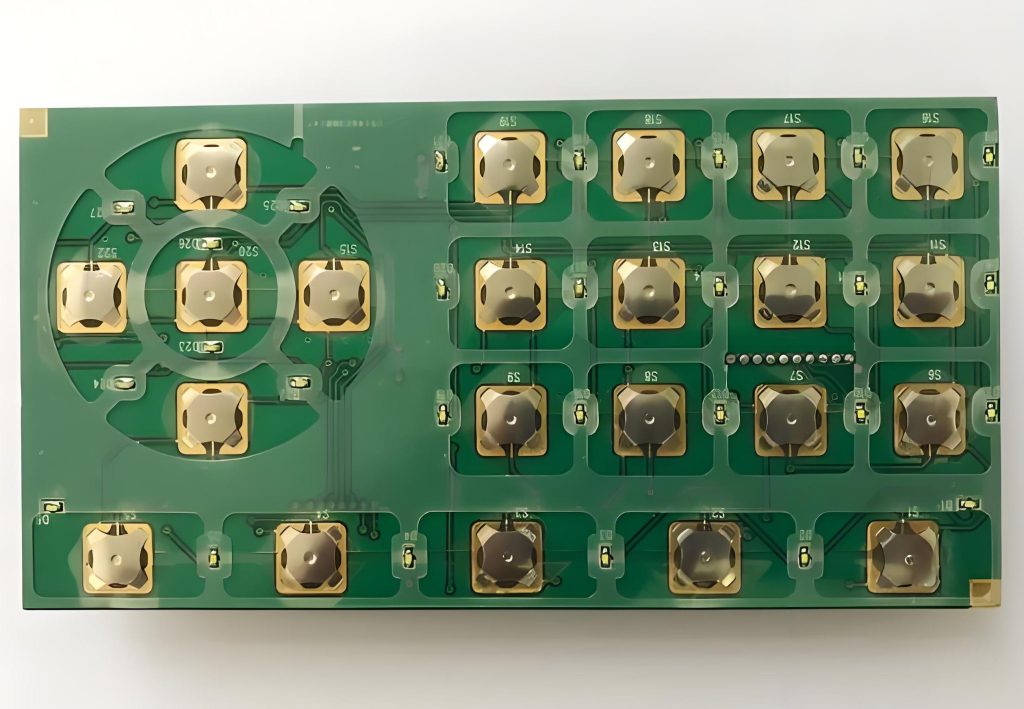
This tactile advantage makes them ideal for control panels, diagnostic equipment, and handheld devices where precision is key.
Conclusion:
PCB membrane switch is an innovative input solution that blends durability with high performance. Its robust structure, flexible design options, and superior tactile feedback make it a preferred choice for industries that demand reliability.
Custom options further enhance usability, while protective coatings and metal dome technology improve longevity and responsiveness. Whether used in medical devices, industrial equipment, or consumer electronics, PCB-based membrane switches offer an efficient and long-lasting interface solution.
For customized solutions and high-performance PCB membrane switches, contact sales@best-membraneswitch.com
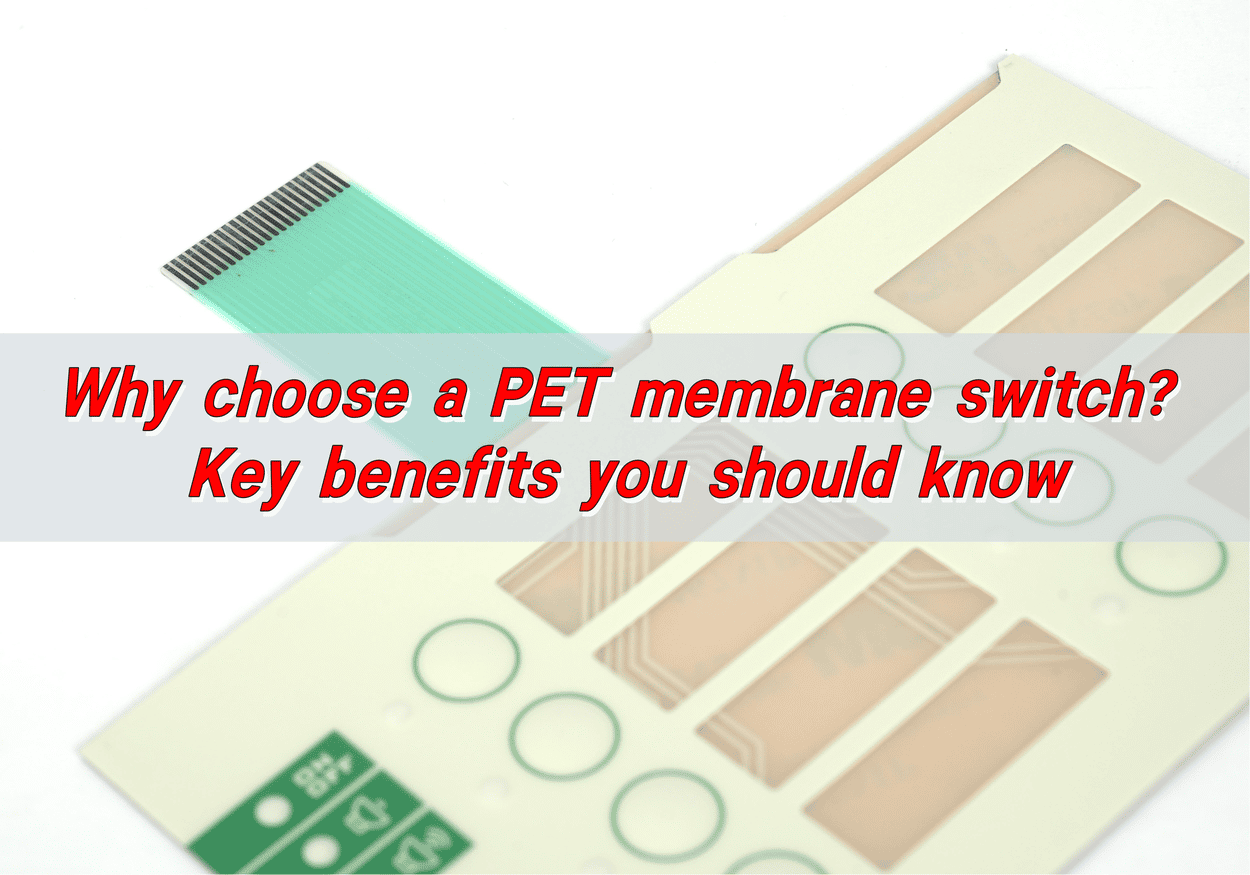
Why choose a PET membrane switch? Key benefits you should know
PET membrane switches have good key life, corrosion resistance, wear resistance, and excellent insulation performance, and are suitable for key parts that are used frequently. They have high hardness and can withstand large key forces, ensuring long-term stability. In addition, PET membrane switches have good temperature resistance and can operate in a temperature range of ...
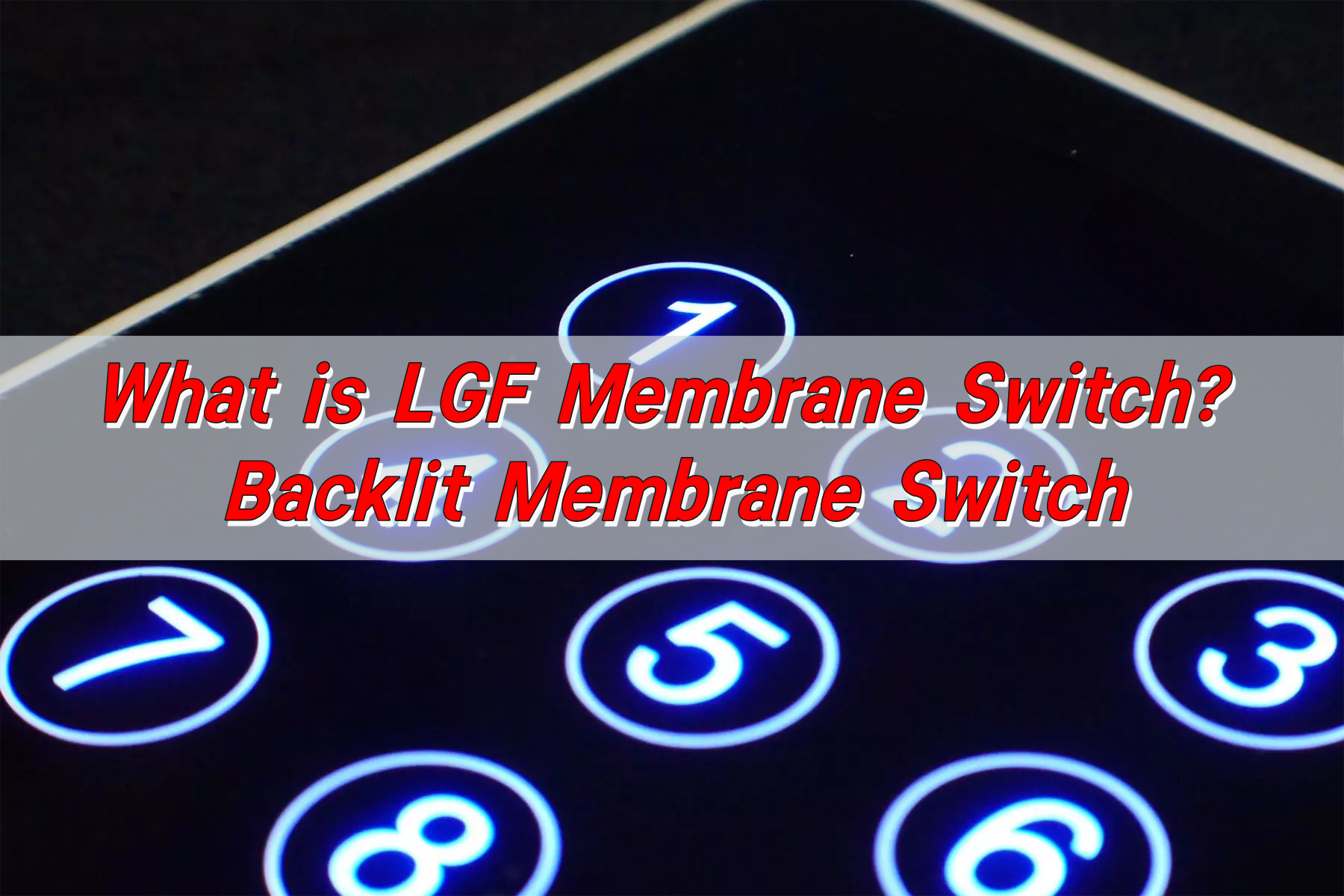
What is LGF Membrane Switch? Backlit Membrane Switch
LGF membrane switch is a membrane switch that uses light guide film technology, which can achieve uniform light emission and good visual effects. LGF membrane switches are usually composed of multiple layers of film, including conductive film, circuit breaker film and display film, etc., and the circuit is turned on and off by touch or ...
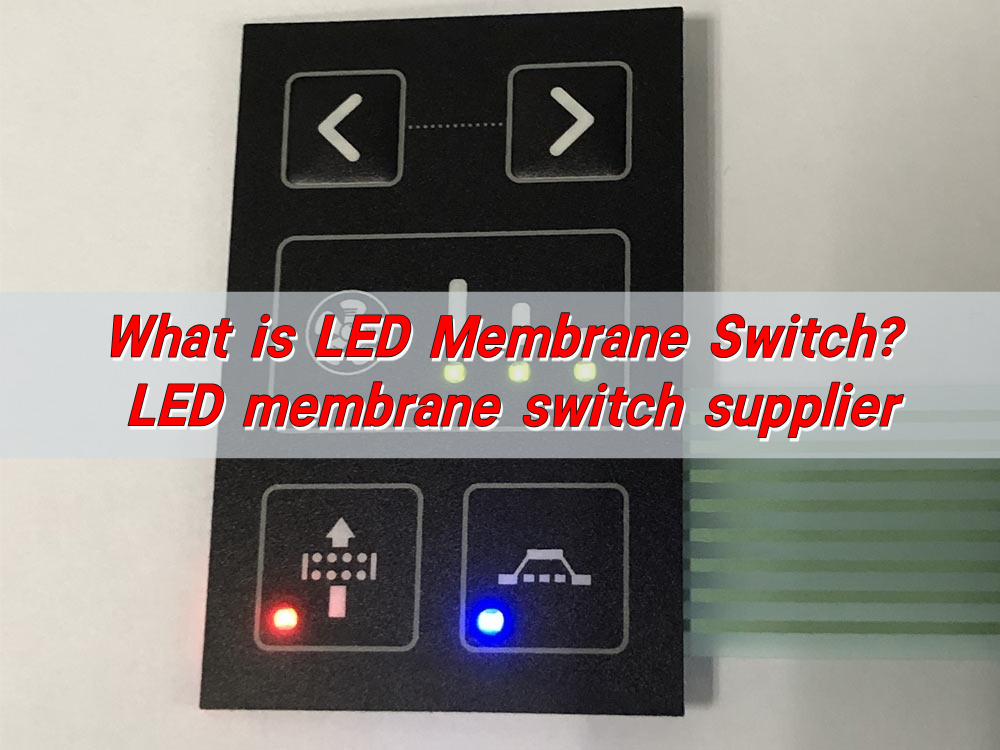
What is LED Membrane Switch? LED membrane switch supplier
LED membrane switch is an electronic component that combines LED light with membrane switch technology. It not only has the functions of traditional membrane switch, but also provides intuitive visual feedback and decorative effects through LED light. This kind of switch is usually composed of multiple layers of film, including conductive film, circuit breaker film ...
Contact us online